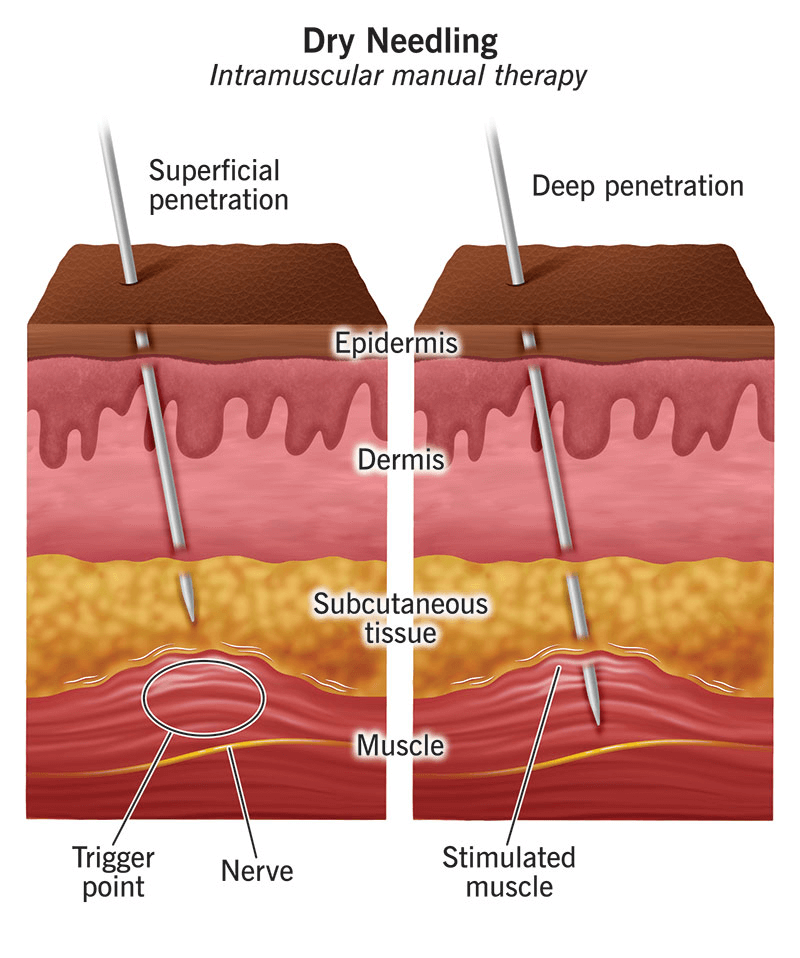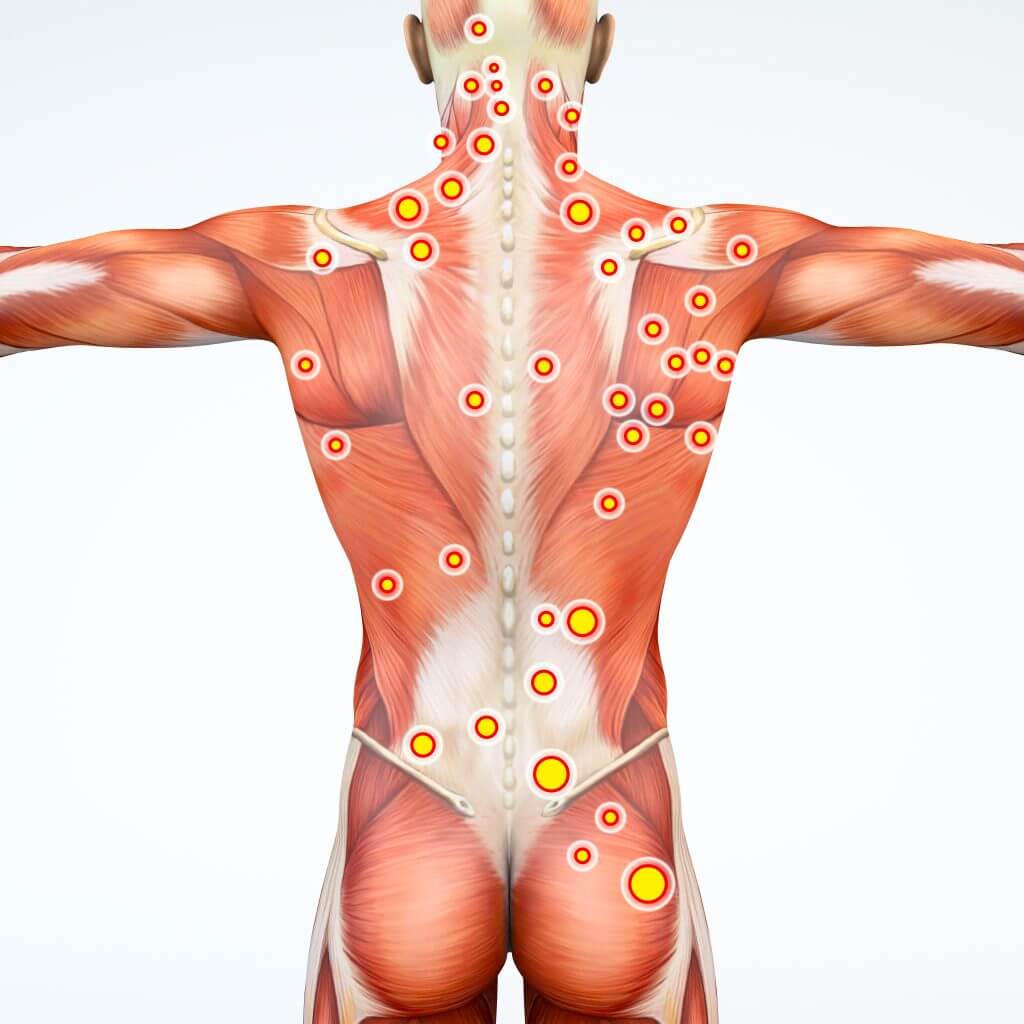
In the realm of modern physiotherapy, dry needling has emerged as a highly effective technique for treating muscle pain, stiffness, and various musculoskeletal conditions. Despite involving needles, it's distinct from acupuncture and focuses specifically on addressing myofascial trigger points – those "knots" in muscles that often cause localized pain and referred pain elsewhere in the body.
What is Dry Needling?
Dry needling involves the insertion of very thin, sterile needles into specific myofascial trigger points, taut bands within a muscle that are hypersensitive and painful. The term "dry" refers to the fact that no medication is injected into the body. The goal is to elicit a "local twitch response" – a spinal reflex that causes the muscle to briefly contract and then relax, helping to release tension, reduce pain, and restore normal muscle function.
How Does Dry Needling Work?
While the exact mechanisms are still being researched, it's believed that dry needling works by:
- Releasing Trigger Points: By directly stimulating the taut band, it can release the muscle contraction and break the pain-spasm-pain cycle.
- Increasing Blood Flow: The needling process can increase local blood circulation, promoting healing.
- Reducing Chemical Irritants: It may help flush out inflammatory and pain-producing chemicals in the muscle.
- Modulating Pain Signals: It can influence the nervous system, potentially blocking pain signals to the brain.

Conditions Treated with Dry Needling
Dry needling can be an effective part of a comprehensive physiotherapy treatment plan for conditions such as:
- Neck Pain (including cervicogenic headaches)
- Back Pain (lumbar and thoracic)
- Shoulder Pain (e.g., rotator cuff issues, frozen shoulder)
- Hip and Gluteal Pain (e.g., piriformis syndrome, sciatica)
- Knee Pain
- Tennis Elbow / Golfer's Elbow
- Plantar Fasciitis
- Muscle Strains
What to Expect During a Session
A dry needling session is typically part of a broader physiotherapy appointment. Your physiotherapist will assess your condition, identify trigger points, and then insert the fine needles. You might feel a brief prick or a dull ache as the needle is inserted, followed by a "twitch" sensation. The needles are usually left in for a short period (seconds to a few minutes). After the session, you might experience some soreness, bruising, or fatigue in the treated area, which typically resolves within 24-48 hours. Most patients experience significant pain relief and improved movement after a few sessions.
Dry needling is a safe and effective technique when performed by a qualified and trained physiotherapist. If you're experiencing persistent muscle pain or dysfunction, and traditional treatments haven't provided sufficient relief, dry needling might be a valuable option for you. Contact Arogya Physiotherapy to see if dry needling is suitable for your condition and to discuss a personalized treatment plan.